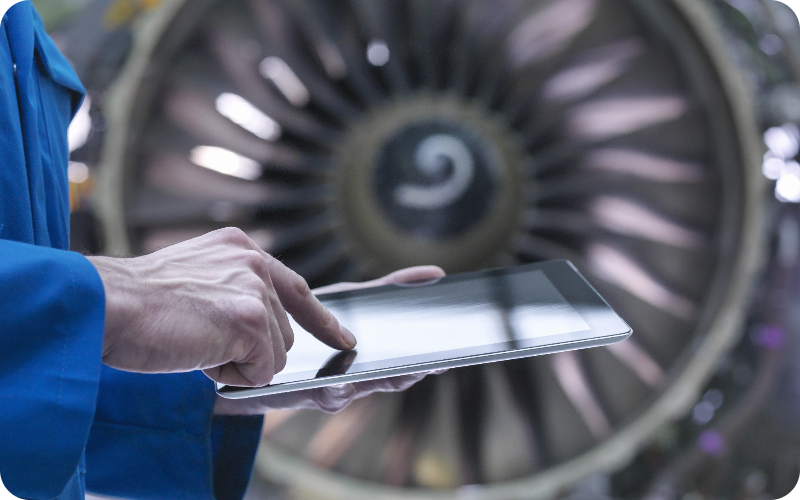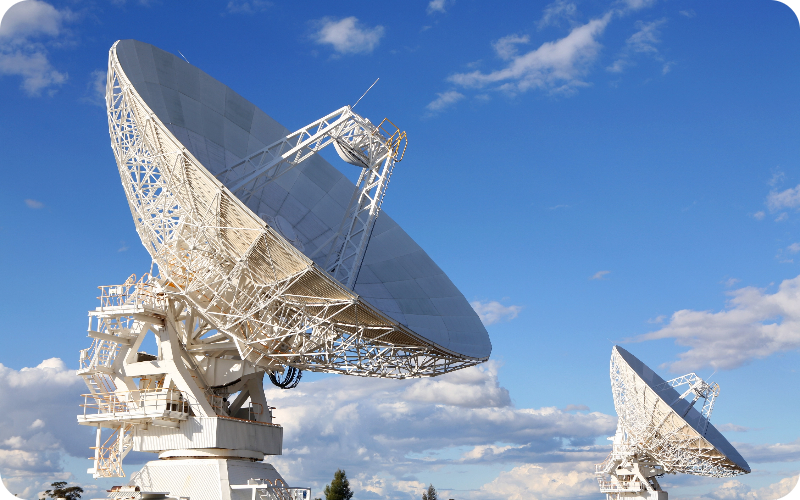The decision to lease or purchase assets is a critical consideration for businesses, impacting their financial health, operational flexibility, and long-term success. This blog post explores the key factors companies should consider when weighing the lease vs. purchase decision.
Upfront costs and cash flow
When deciding between leasing and purchasing, one of the first considerations is the upfront cost and its impact on cash flow. Leasing typically involves lower upfront costs compared to purchasing, preserving capital for other business needs. This can be particularly advantageous for startups or businesses with limited capital, allowing them to allocate funds to other essential areas such as marketing, research, or expansion.
On the other hand, purchasing requires a significant initial investment, which can strain cash flow and liquidity. While owning an asset can be beneficial in the long run, the substantial initial outlay might limit a business's ability to invest in other opportunities or make it less agile in responding to unforeseen expenses or investment opportunities.

Ownership and asset control
Another critical factor in the lease vs. purchase decision is the level of control and ownership over the asset. Purchasing assets grants ownership and complete control over their use, allowing businesses to customise and modify assets to suit their specific requirements. Thus, ownership can be beneficial for specialised equipment or assets that need to be tailored to a company’s unique operations.
Conversely, leasing provides access to assets without ownership, offering flexibility to upgrade or replace equipment as needed. This works well in industries where technology rapidly evolves (such as healthcare, telecommunications, or aviation), allowing businesses to stay current without being tied to outdated assets.
Tax implications
Both leasing and purchasing have distinct tax implications that can impact the overall cost and financial benefits. For leasing, the tax effect links to the structure of the lease contract, and the right of use asset and lease liability recognition determines the expenses incurred each year. Whereas for purchasing, the depreciation and maintenance profile of the owned asset determines the expenses that can be deducted for tax calculations.
However, the complexity of tax laws means businesses should consult with tax experts to understand and maximise the advantages of either option. Tax professionals can provide tailored advice based on the specific financial situation and strategic goals of your business. Proper tax planning can make a significant difference in the overall financial outcome of the lease vs purchase decision.
Risk management
Risk management is another crucial aspect of asset acquisition. Leasing transfers the risk of asset depreciation and obsolescence to the lessor, protecting businesses against technological changes and market fluctuations. This can be helpful in sectors with rapid technological advancements, such as healthcare or telecommunications, where assets can quickly become outdated.
Purchasing assets, however, exposes businesses to the risk of asset value depreciation and potential losses during market downturns. While ownership can lead to potential appreciation in asset value, it also means bearing the full brunt of market risks. Companies must weigh these risks against the benefits of owning the asset outright.

Long-term commitment and flexibility
Leasing offers flexibility to adjust lease terms, scale operations, and adapt to changing business needs without the constraints of long-term ownership. This can be advantageous for businesses experiencing rapid growth or those in volatile markets where agility is essential. Companies can often negotiate lease terms to match their operational cycles and growth plans, making it easier to scale up or down as needed.
On the other hand, purchasing entails a long-term commitment to asset ownership, potentially limiting flexibility and agility in responding to market dynamics. Once an asset is purchased, it is tied to the business for its useful life, which can be a disadvantage if market conditions change. While ownership can provide stability and long-term value, it may also hinder a company’s ability to pivot or scale operations quickly.
The lease vs purchase decision is multifaceted, requiring businesses to carefully evaluate their financial objectives, operational needs, and risk tolerance. While leasing offers flexibility, lower upfront costs, and risk mitigation, purchasing provides ownership control and potential long-term value. Organisations can make informed decisions that pave the path to success by considering these factors in their unique business circumstances. Ultimately, the right choice depends on a thorough analysis of the specific needs and strategic goals of the business. By weighing the pros and cons of each option, companies can align their asset acquisition strategy with their overall goals and drive long-term success.
For more information, download our detailed Leasing vs Buying Guide that compares the benefits, drawbacks, and cash flow considerations associated with both options!

























